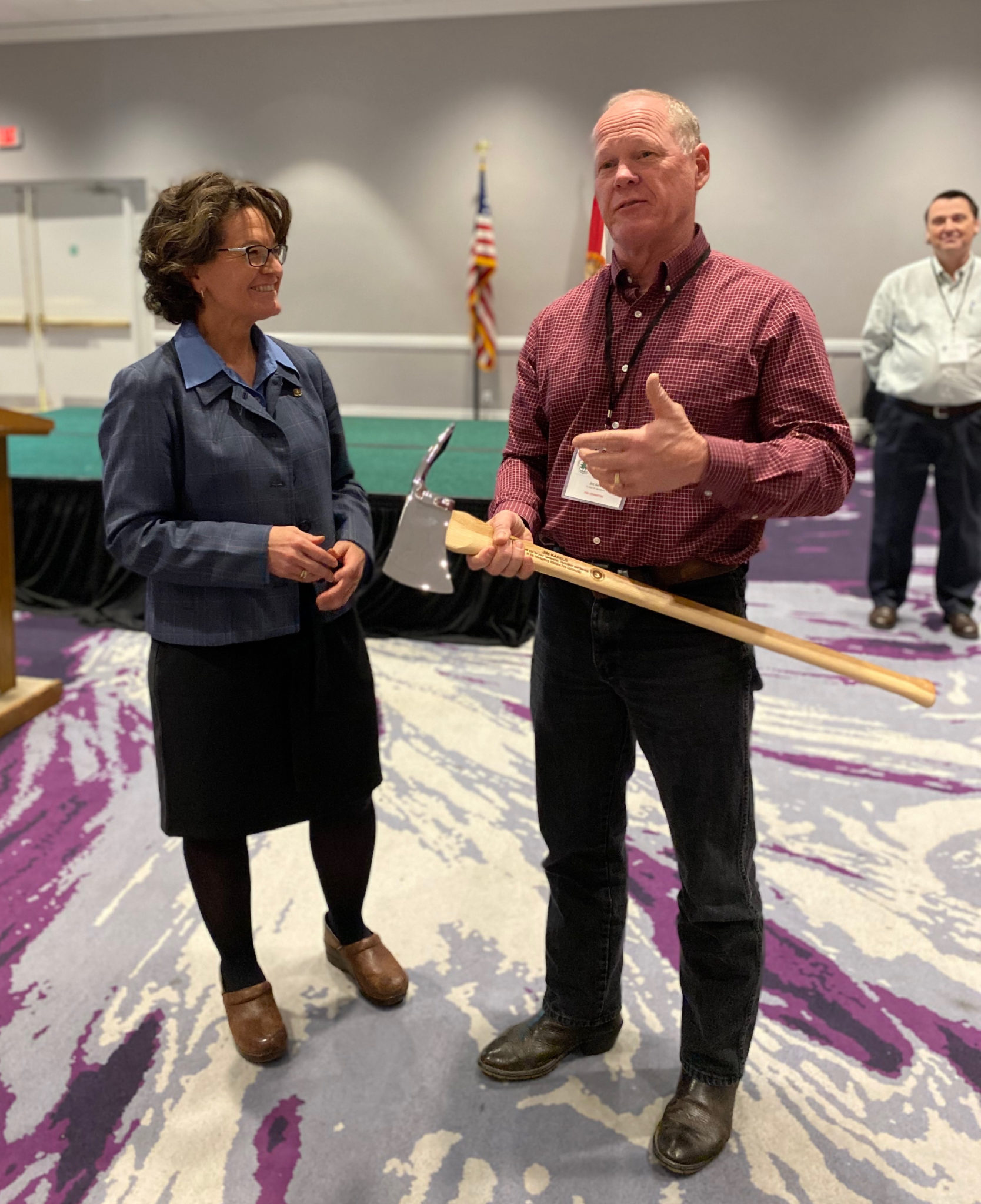It was a productive week in Orlando, Florida, for the over 110 attendees of the 2020 NASF CMS-Wildland Fire Committee Meeting!
This year’s meeting participants weighed in on a diversity of wildfire issues, including the policies, technologies, and procedures used to prevent, mitigate, and fight wildfires nationwide. A long list of national leaders from land management agencies and partnering organizations also spoke during the meeting’s packed agenda. Eighteen exhibitors supported the conference.
For those wondering: “CMS” is short for wildland fire chiefs, managers, and supervisors. These are the men and women who lead wildland fire operations in each of the 50 states, but go by different titles in each of NASF’s three regions. In the South, they’re called “chiefs,” in the West “managers,” and in the Northeast-Midwest “supervisors.”
Along with key partners, the chiefs, managers, and supervisors took a deep dive into four issue areas: (1) Documenting the Effects of Fuel Treatments on Community Wildfire Risk, (2) State Representation on NWCG Committees and Subgroups, (3) Incident Workforce Development and Staffing for Fire Year, and (4) Strategies for Increasing the Use of Prescribed Fire. The teams’ recommendations on these topics will help to inform NASF’s policy positions and focus its efforts.
In addition to hosting wildland fire chiefs, managers, and supervisors biennially, the NASF Wildland Fire Committee Meeting includes time on its agenda for the Cooperative Forest Fire Protection (CFFP) Committee too. Through the CFFP Committee, NASF works with the USDA Forest Service and the Ad Council to manage and promote Smokey Bear and his message of wildfire prevention. To learn more about Smokey Bear, visit SmokeyBear.com or click here to learn more about Smokey at stateforesters.org.

Jim Karels, Florida State Forester and former NASF president and Wildland Fire Committee chair, was presented an award by Shawna Legarza, the national director of Fire and Aviation Management for the USDA Forest Service, during the meeting’s second general session. The engraved pulaski – a hand tool used in creating fuelbreaks – honors Jim’s decades of exceptional service to the wildland fire community.
Consider sharing your knowledge and learning from your colleagues at NASF’s next CMS-Wildland Fire Committee Meeting in 2022. In the meantime, stay up-to-date with state foresters and their policy positions at www.stateforesters.org and on social media by following @stateforesters.

